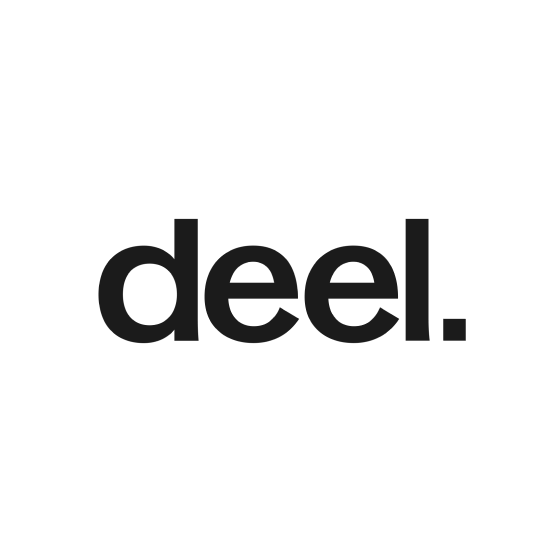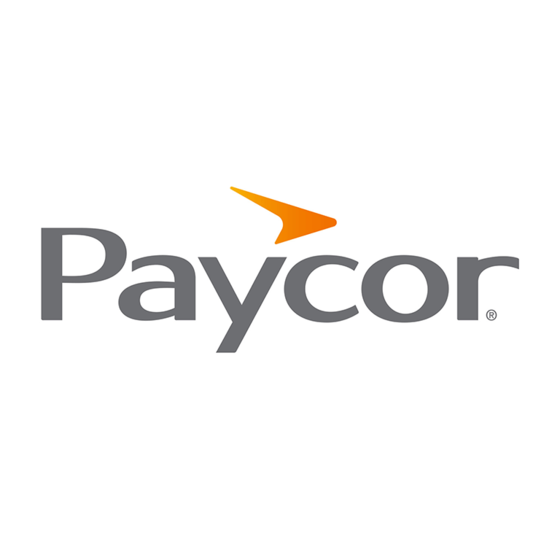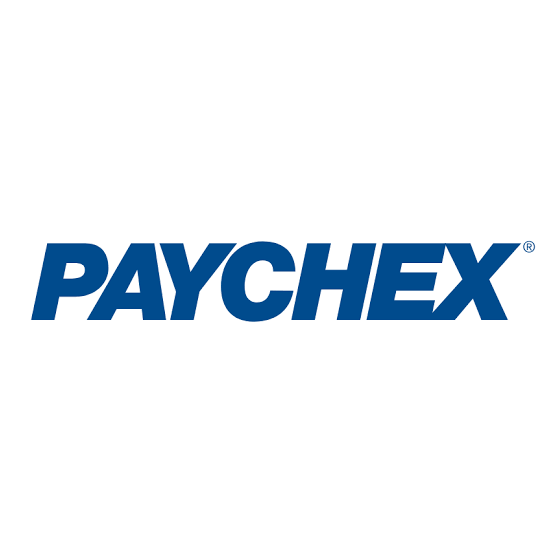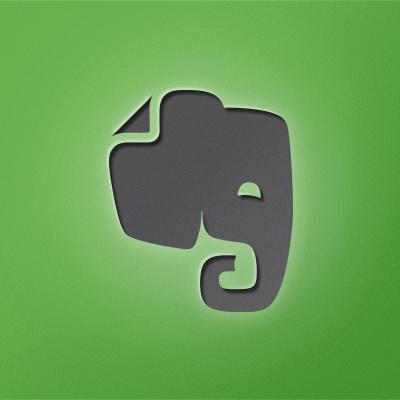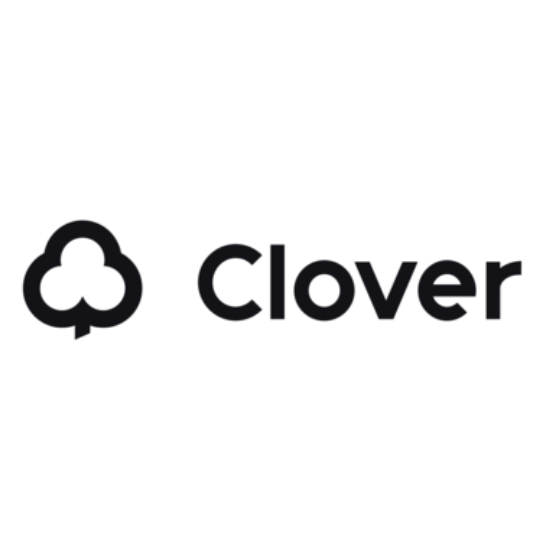10 Best Note Taking Apps Shortlist
Here's my pick of the 10 best software from the 19 tools reviewed.
With so many different note taking apps available, figuring out which is right for you is tough. You know you want an app to capture, organize, and retrieve information efficiently, but you need to figure out which app is best. In this post, I'll help you make your choice easy by sharing my personal insights on dozens of apps to improve your task management, and aid your memory.
What are Note Taking Apps?
Note taking apps are digital tools for recording and managing information on a mobile device (Android or iOS) or desktop computer. They are a modern replacement for your old pen and paper to-do list with enhanced features for handling information efficiently, including sub-tasks, bullet points, and checklists. You can use them to organize your tasks with folders and tags, synchronize your task lists across devices, and search for reference items easily.
Note taking apps can help you stay organized and efficient by giving you an easy place to quickly jot down notes for future reference. By saving notes on your mobile device of choice, they are always accessible to you for easy reference. They are a helpful memory aid for multi-tasking and keeping track of numerous responsibilities or tasks on the go.
Overviews of the 10 Best Note Taking Apps
Here’s a brief description of each note taking app to showcase each tool’s best use case, some noteworthy features, and pros & cons. I’ve also included screenshots to give you a snapshot of their user interface too.
Evernote
Best note taking app for combining notes with task management
Evernote specializes in offering software for note taking, project collaboration, scheduling, and task management—all in one suite.
Why I picked Evernote: Using Evernote software, you can create notebooks and add web clippings, notes, and images. You can also share your notes with other collaborators using laptops, tablets, and smartphones.
Evernote allows you to make notes more useful by adding text, images, audio, scans, PDFs, and documents. The flexible search capabilities help you find what you need, and your notes are synced automatically to all your devices.
Evernote Standout Features and Integrations
Features include a web clipper, templates, a task manager, calendar integrations, and a document scanner.
Integrations are available natively with tools such as Google Drive, Microsoft Teams, Outlook, Salesforce, and Slack.
Evernote Plans and Pricing
Plans begin at $9.99/month. A free version with limited features is also available.
Pros and cons
Pros:
- Easy to create and share notes
- Excellent web clipping capabilities
- Fast, accurate search functionality
Cons:
- The spell checker needs improvement
- Limited offline capabilities
Obsidian is a markdown file reader that sits on top of text files in a designated folder, enabling users to write, edit and interlink their notes.
Why I picked Obsidian: Built for taking notes quickly, you can use it to build a personal wiki or Zettelkästen. The software provides contextual information about key themes and topics in each note, so writers and note-takes can observe organic connections.
You can customize easily, thanks to a large range of plugins, themes, and custom CSS styling. Data is stored in a local folder, so you don’t have to rely on cloud storage. Notes are in the format of human-readable markdown, so you can create an extensible knowledge base tailored to suit your own requirements.
Obsidian Standout Features and Integrations
Features include a code fence with syntax highlighting, task lists, tags, footnotes, and internal links.
Integrations are available natively with applications such as Excalidraw, Electron, and Typescript.
Obsidian Plans and Pricing
Obsidian is 100% free for personal use. Paid commercial plans are also available, starting from a one-time fee of $25.
Pros and cons
Pros:
- Highly customizable
- Privacy-oriented
- Supported by strong community
Cons:
- Only available on desktop
- Has an initial learning curve
Bit.ai is a workplace and document collaboration platform for creating, collaborating and organizing knowledge in one place, from wherever you are in the world.
Why I picked Bit.ai: This software tool helps teams create dynamic notes, documents, wikis, knowledge bases, projects, client deliverables, technical docs, training guides, and client portals.
Use the minimalistic smart editor to collaborate on daily work, adding context with visual web links, rich media, videos, graphic design embeds, social media posts, surveys, files and attachments. You’ll gain real-time insights on your shared docs with detailed document tracking. For example, you can see how much time people spent on documents and how often they came back.
You can organize work by creating workspaces around teams, projects, or clients. Or, help your teams coordinate by making use of @mentions, real-time notifications, shared workspaces, guest access, and permission control.
Bit.ai Standout Features and Integrations
Features include multiple workspaces, customizable workflows, workspace insights, a content library, smart search, and cloud upload.
Integrations are available natively with a wide range of applications, including Google Forms, Google Sheets, OneDrive Excel, Typeform, and YouTube.
Bit.ai Plans and Pricing
Plans begin at $12/user/month. A free plan with limited features is also available.
Pros and cons
Pros:
- Intuitive and easy to use
- Advanced document collaboration features
- Wide range of templates
Cons:
- Limited formatting and design
- More fonts needed
Google Keep is a free note-taking app available to anyone with a Google account, designed to help you take notes and jot down ideas anywhere.
Why I picked Google Keep: Using Google Keep, professionals and individuals can create, edit and share notes from a unified platform. It’s easy to add lists, photos, and audio notes. You can then search notes using attributes such as color, labels, and type. The tool also allows you to record voice memos and set location-based or time-based reminders.
The application syncs across all devices, allowing teams to access the tool from anywhere. Voice notes can be recorded and transcribed, and notes can be copied into a Google Doc with a couple of clicks.
Google Keep Standout Features and Integrations
Features include collaboration tools, notes management, reminders, annotations, task tagging, meeting notes, and handwriting recognition.
Integrations are available with Airtable, Google Docs, Gmail, Telegram, and many other applications.
Google Keep Plans and Pricing
Google Keep is offered free to anyone with a Google account.
Pros and cons
Pros:
- Free and readily available
- Integrates with the Google ecosystem
- Has all the features most users will need
Cons:
- No rich text formatting
- Weak web clipper
Hive Notes specializes in helping you take better meeting notes, assign follow-up items, and track the progress of assigned tasks.
Why I picked Hive Notes: Perfect for team status or client meetings, Hive Notes keep everyone accountable and on track. You can turn text into an action, assign due dates, and share notes with everyone on your team.
You can link notes to calendar meetings, populating the note with relevant meeting information. Then attendees can get meeting alerts, linking directly to the meeting note. There’s also a private notes section for your eyes only. So you can add personal notes, actions, and comments on next steps.
Hive Notes Standout Features and Integrations
Features include flexible project layouts, native email, resourcing, group messaging, and file sharing.
Integrations are available natively with applications such as Dropbox, Google, and Zoom.
Hive Notes Plans and Pricing
Plans begin at $16/user/month. A free plan with limited features is also available.
Pros and cons
Pros:
- Efficient and easy to use
- Regularly updated
- Turns meetings into projects
Cons:
- Limited functions in mobile app
- Better commenting tools needed
Milanote replaces linear text documents with a creative space for exploring ideas, based on a flexible drag-and-drop interface.
Why I picked Milanote: Milanote is an online platform that helps designers and writers organize creative projects effectively. The software can be used to create mind maps, mood boards, briefs, and prototypes. In addition, the web clipper allows you to save links, images, and videos to existing boards from web pages with a single click.
Milanote's uncluttered text editor lets you add headings, lists, and other formatting. The software includes customizable templates, plus the option to add images, PDFs, color swatches, animated GIFs, videos, and design files. All of your content lives in one secure place for easy access.
Milanote Standout Features and Integrations
Features include design-oriented notes, integrated to-do lists, versatile uploads, and keyboard shortcuts.
Integrations are available natively with a wide range of applications, including Desktop, Shift, and Rambox.
Milanote Plans and Pricing
Plans begin at $9.99/user/month. A free plan with limited features is also available.
Pros and cons
Pros:
- Easy to use drag-and-drop interface
- Rich in features
- Highly customizable
Cons:
- No offline mode
- Needs progress tracking
Simplenote offers a stripped-down but effective note-taking and syncing experience for those who don’t need advanced features and capabilities.
Why I picked Simplenote: Billed as the simplest way to keep notes, this app is available for iOS, Android, Mac, Windows, Linux, or in your browser. You can sync your notes in real-time across all your devices to stay up-to-date wherever you are.
To stay organized, just add tags to your notes to make them searchable. Collaborate with colleagues by sharing notes or publishing them online. Simplenote supports markdown, making it easy to produce rich, complex notes.
Simplenote Standout Features and Integrations
Features include markdown support, backups, real-time syncing, tagging, and collaboration options.
Integrations are available through Zapier for a wide range of applications.
Simplenote Plans and Pricing
Simplenote is available to use free of charge.
Pros and cons
Pros:
- Great for jotting down ideas
- Distraction-free writing
- Forever free
Cons:
- Lacks advanced features
- Dated interface
Apple offers a wide range of hardware and software for both personal and business use, with Apple Notes bundled as a free, flexible note-taking app.
Why I picked Apple Notes: This app helps you capture a quick thought, create checklists, sketch ideas, or write detailed notes. You can then sync these across all your devices using Google Cloud.
You can create folders to organize your notes or use the gallery view to get a clear overview of your documents. It’s easy to search for a note or attachment, and you can even create a note from your lock screen.
Apple Notes Standout Features and Integrations
Features include the ability to pin notes, scan, sign documents, and add attachments.
Integrations are available natively with iCloud, Tinderbox, and many Apple applications.
Apple Notes Plans and Pricing
Apple Notes is bundled free of charge with most Apple devices.
Pros and cons
Pros:
- Free for all users
- Clean, well-organized interface
- Supports many useful features
Cons:
- Only available on Apple devices
- Cons: Only available on Apple devices Lacks advanced note-taking features
Notion is a digital workspace that helps you manage notes, tasks, records, projects, and calendars.
Why I picked Notion: Available in both cloud and on-premise formats, Notion allows team members to collaborate and perform joint tasks, share meeting notes, update project expense reports, and maintain benefits policies. The software can also be used for product roadmaps, task lists, repository patterns, and streamlining project workflows.
The editor offers distraction-free writing through a clean, simple interface. Mobile apps are available for both iOS and Android devices, so users can view and manage tasks from anywhere.
Notion Standout Features and Integrations
Features include a portfolio tracker, designer templates, database management, documentation, and data export.
Integrations are available natively with applications such as Figma, Google Sheets, and Twitter.
Notion Plans and Pricing
Plans begin at $10/user/month for business use (or $5/user/month for personal only). They also offer a free plan for 1 admin + 5 guests with limited features.
Pros and cons
Pros:
- Organizing notes is easy
- Wide range of templates
- Highly customizable and extensible
Cons:
- Initial learning curve
- Limited fonts and styling
Clover acts as your daily workspace, offering a range of functions that include notes, tasks, whiteboards, and a daily planner. All these are combined in a streamlined workflow.
Why I picked Clover: This software tool introduces a new way of recording your thoughts, tracking tasks, managing your daily agenda, and planning work. It’s easy to capture ideas and plan tasks, with incomplete tasks automatically rolling over to the next day.
Clover also acts as a fully-fledged task manager, collaboration tool, and planner. You can add due dates, color code tasks, and network your ideas. Clover automatically adds backlinks to connect your pages where appropriate.
Clover Standout Features and Integrations
Features include rich media, whiteboarding, markdown formatting, code blocks with syntax highlighting, inline task features, dynamic references, and templates.
Integrations are available natively with tools such as Figma, Google Calendar, Soundcloud and YouTube.
Clover Plans and Pricing
Plans begin at $10/user/month. A free plan with limited features is also available.
Pros and cons
Pros:
- A great productivity app
- Makes project management frictionless
- Everything works together effectively
Cons:
- Lacks advanced features
- Occasionally buggy
10 Best Note Taking Apps Comparison Chart
This comparison chart summarizes basic details about each of my top note taking app selections. You can view pricing details and the availability of free versions side-by-side to help you find the best software that works for your budget and business needs.
| Tools | Price | |
|---|---|---|
| Evernote | From $17.99/month | Website |
| Obsidian | $25 one-time fee | Website |
| Bit.ai | From $12/user/month | Website |
| Google Keep | Free to use | Website |
| Hive Notes | From $16/user/month | Website |
| Milanote | From $12.50/user/month | Website |
| Simplenote | Free to use | Website |
| Apple Notes | Free to use | Website |
| Notion | From $10/user/month | Website |
| Clover | From $10/user/month | Website |

Compare Software Specs Side by Side
Use our comparison chart to review and evaluate software specs side-by-side.
Compare SoftwareOther Options
Here are a few more options that didn’t make the best note taking apps list:
- Zoho Notebook
Best note taking app for a card-based system
- Microsoft OneNote
Best note taking app for cross-functional collaboration
- Guru
Best note-taking app with advanced search capabilities
- Standard Notes
Best note taking app for a versatile selection of note types
- Joplin
Best note taking app for an open source solution
- Ulysses
Best note taking app for writing books
- Typora
Best note taking app for distraction-free writing
- Bear
Best note taking app for markdown notes
- Roam Research
Best note taking app for organizing research
Selection Criteria for Note Taking Apps
Wondering how I selected the best note taking apps for this article? Here’s a summary of my selection and evaluation criteria:
- User Interface (UI): I look for note-taking apps with an intuitive interface that makes it easy to jot down notes and reminders.
- Usability: I’m seeking software that gives you quick and easy access to all the important features.
- Software Integrations: I expect a good note-taking app to integrate readily with popular productivity tools.
- Value for Price: I look for software that’s affordable for everyone, whether taking notes for personal or business purposes.
Frequently Asked Questions about Note Taking Apps
To help you choose the note taking app that’s right for you, here are some answers to frequently-asked questions.
What are the main features to look for when evaluating note taking apps?
Look for a note-taking tool that is easy to use and can be accessed anywhere from all your devices. A good app will also allow you to add images or other media, and should include options for sharing your notes too.
You should also have the flexibility to organize notes your way, whether that’s with folders or labels. The best apps will also allow you to enter voice notes or use a stylus to create handwritten ones.
What are the best note taking apps for ipad or iphone devices?
If you’re looking to take notes on your ipad or iphone, you’ll need an iOS app. Fortunately, there are many to choose from in the app store. Some of the most popular tools include Notability, Evernote, GoodNotes 5, and Nebo. However, many people find they get all they need with Apple Notes, the app that’s bundled for free with every Apple device.
What are the best note taking apps for android devices?
Android users have plenty of options when it comes to selecting a note taking app. Popular choices include OneNote, Standard Notes, Simplenote, and Nimbus Notes. Alternatively, you can choose to save money by using Google Keep, the note taking app offered free with every Google account.
How do note taking apps help improve productivity?
Note-taking apps are great for capturing every good idea that occurs to you. It’s easy to whip out your phone, tablet or other device to jot down your thoughts.
A good app will help you organize your information effectively, allow you to set reminders, and integrate readily with other apps you use. In short, a great note-taking app can do a great deal to make you more efficient and productive.
Other Resources
If you found this article helpful, you might also like to check out our articles on the best meeting management software and virtual meeting etiquette. And be sure to subscribe to our newsletter, so we can keep you up to date with our latest helpful tips.
Remember, when you combine the right note-taking app with a solid note-taking methodology, you can become better organized and greatly increase your productivity. So select the app that’s right for you and ramp up your efficiency ASAP!

